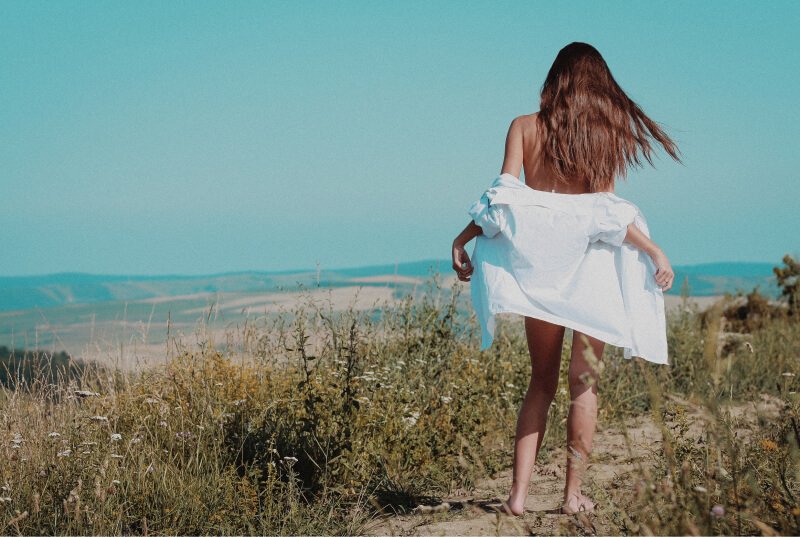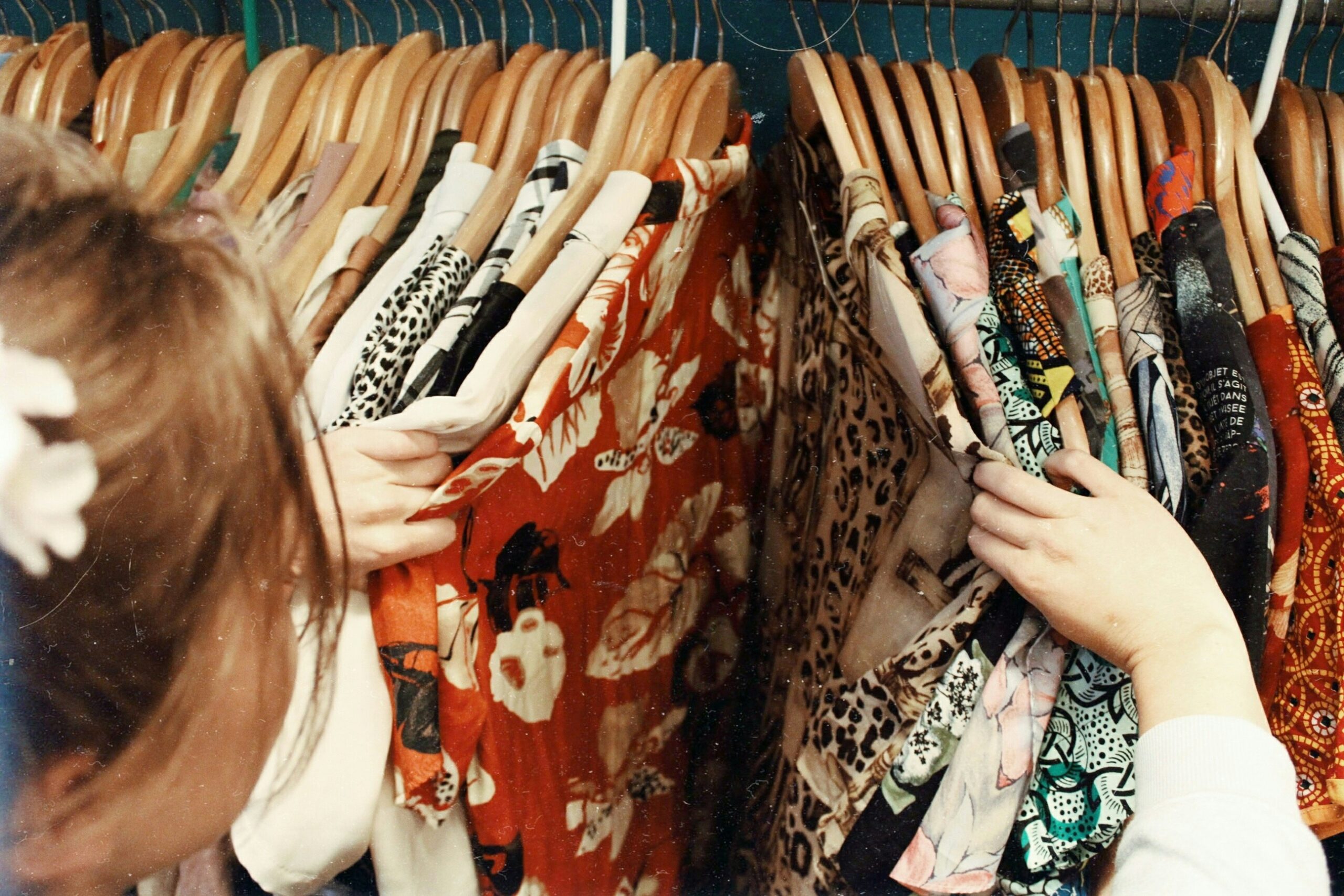
The author has shared a Podcast.You will need to accept and consent to the use of cookies and similar technologies by our third-party partners (including: YouTube, Instagram or Twitter), in order to view embedded content in this article and others you may visit in future.
Listen to and follow The Debrief: Apple Podcasts | Spotify | Overcast
Background:
The Costume Institute’s 2025 exhibition, “Superfine: Tailoring Black Style,” celebrated its opening at the annual Met Gala, marking the first menswear-focused exhibit in two decades and the first ever centered exclusively on Black fashion. Inspired by Monica L. Miller’s seminal work on Black dandyism, the exhibition took a scholarly approach to exploring the historical and cultural significance of Black tailoring. The gala’s official dress code, “Tailored for You,” provided a broader and more personal prompt, encouraging guests to interpret tailoring through their own unique perspectives.
On this episode of The Debrief, DTC correspondent Malique Morris and joins senior correspondent Sheena Butler-Young and executive editor Brian Baskin to reflect on the night’s boldest looks, the broader discussion on representation and inclusion at the event, and how the prestigious gala could evolve to better support diverse talent.
Key Insights:
- The Costume Institute’s 2025 exhibition emphasised fashion as a powerful tool used by Black communities to assert dignity and counteract societal prejudice. Organised into 12 sections, each exploring a different aspect of Black dandyism, it thoughtfully included historically significant garments, like abolitionist Frederick Douglass’s tailcoat, underscoring the profound role that meticulously tailored attire has played in activism and representation. “It showed how our activism, while not reduced to an aesthetic, is indeed linked to how we wear beautifully cut clothing,” explains Morris. “It’s like an armor against oppression through the use of pomp and panache. That principle of being buttoned up to defy expectations and command respect is resonant to this day.”
- Natural hair was heavily featured in this year’s gala looks. “Black people’s natural hair has always been up for debate, especially when it’s of tightly coiled texture. Doechii said so much by wearing that beautiful crown on fashion’s biggest night,” says Morris. “Redefining, but also defining what is so natural to us is absolutely stunning and worthy of praise at the utmost event like the Met Gala.”
- The presence of influencers at culturally prestigious events like the Met Gala remains contentious. Morris questioned the necessity of influencer inclusion, advocating instead for prominence to be given to figures whose cultural impact is undeniable and long-lasting. “The people who were actually shifting culture in a really meaningful way, who have stood the test of time and are icons, it makes a lot of sense for them to take up so much oxygen,” he says. Morris’ viewpoint reflects broader discussions around who merits visibility in spaces dedicated to artistic and cultural significance. “With this Met specifically, when we’re talking about the designers and them having more of a buy-in and them having more of a presence, we’re moving in the right direction.”
- Meaningful progression for the Met Gala, and similar institutions, involves sustained and systemic representation rather than temporary or symbolic inclusion. Morris advocates for lasting change, suggesting a shift towards consistent visibility for independent designers from diverse backgrounds. “I want indie brands having an outsized presence at the Met Gala to be endemic,” says Morris. “I think that will be the progress.”


:max_bytes(150000):strip_icc():format(jpeg)/TAL-header-corippo-switzerland-SMLSTSWISSTWN0525-3018317a2d2b432c91a8563654c638ec.jpg?w=150&resize=150,150&ssl=1)




